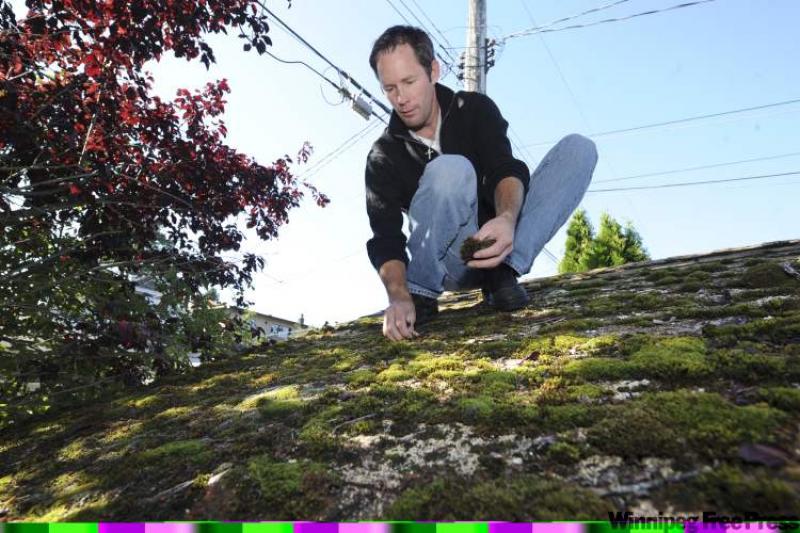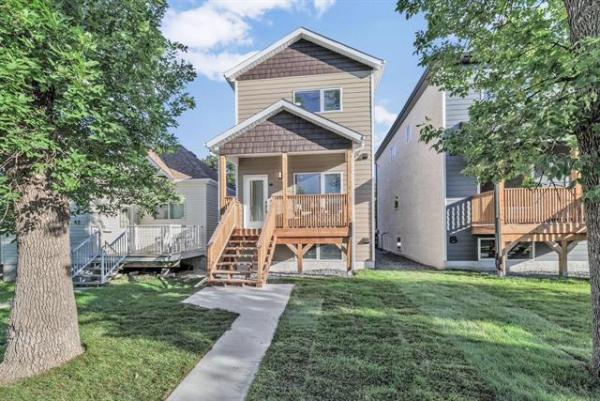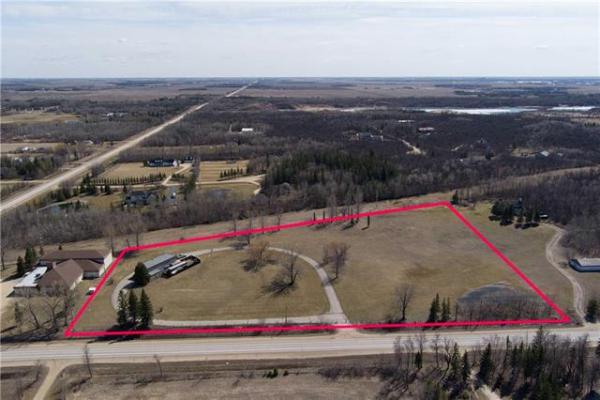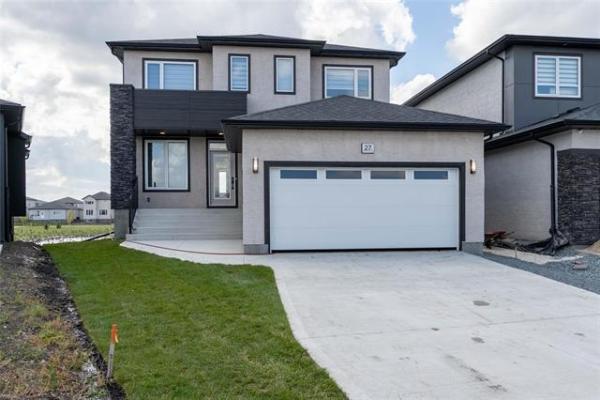QUESTION: Ten years ago we replaced the roof with 25-year shingles and I have now discovered moss growth on the shady side of this roof. What can we do about cleaning it up and what are some preventive measures to keep it from coming back? I appreciate your advice. -- Jack van Dam
ANSWER: While this problem may be a nuisance in our area, my current view of this issue from a window on the upper floor of a building overlooking houses in St. John's Nfld., puts it into a unique perspective. Many buildings here have this problem and my explanation of the cause and suggestions for removal will bring this into focus.
Moss on roofs is caused primarily by excessive moisture. This may be due to the lack of proper slope on the roof or other factors. Low-slope and flat roofs are particularly prone to this malady. If a roof has difficulty draining after heavy rains or snowmelt, it is much more susceptible to moss growth.
In many of those cases, remediation to prevent reoccurrence of moss after removal may be difficult. Without changing the slope of the roof or raising low areas to provide adequate drainage, the moss is likely to return after cleaning. On built-up roofing systems with rock covers, good maintenance of the surface may prevent this from happening, but on shingled roofs like yours, maintenance is different.
To get rid of the moss on your roof, which is covered with asphalt shingles, cleaning the roof surface with water and a brush or broom may be all that is required to remove the growth. A hose with a spray nozzle will often do the trick, but be sure that the water is sprayed from the top of the roof down to ensure no shingles are lifted or damaged. This method will also ensure no water is forced under loose or curled shingles, which can cause a leak.
Depending on the thickness of the moss covering, a broom or brush may also be required to detach stubborn clumps of the green vegetation from the asphalt surface. Care must be taken to prevent removing too many surface granules from the shingles along with the moss.
You have touched upon one of the other root causes of moss growth in your question. As you have stated, the moss may only grow on the "shady" side of the roof. This is a typical situation and illustrates my point about roofs that remain wet being the only ones on which this green stuff will grow.
One thing you may be able to remedy in that situation is to regularly trim trees that may overhang one side of the roof or another. This is more of a concern on the north and east side of roofs, as they receive less sunshine or sun when it is not at its peak strength. Even on the south and west sides, moss can still flourish if large tree branches constantly block the roof from the sun. Regular trimming of branches in this situation is critical to prevent re-growth after cleaning.
Another benefit of good tree management is less debris will sit on the roof if overhanging limbs are eliminated. Moss can grow on many wet surfaces, but often needs a medium to provide a substrate. Leaves, twigs, sap and seeds from overhanging tree branches offer an excellent source of this material. You may notice even roofs with a low slope and a fair amount of shade remain free of this nuisance, as long as they are regularly cleared of debris. Most of this material will land on your roof from vegetation that is directly adjacent to, or over top of, the surface.
The frequency of cleaning debris and moss from your roof will depend on the severity of the growth. A small amount of moss at the bottom of the individual shingle tabs after a decade of service may not be a big issue. Unfortunately, thicker coatings of the fuzzy green stuff may cause premature deterioration of the shingles as they hold excessive moisture on the shingle surface.
If the shingles remain constantly wet, the moisture will eventually wear away at the granular surface and the mat beneath will quickly erode. For this reason, removal of the moss and surface debris is critical to maximize the life of the shingles and get close to the 25-year mark before replacement is required.
Ari Marantz is the owner of Trained Eye Home Inspection Ltd. and the president of the Canadian Association of Home & Property Inspectors -- Manitoba (www.cahpi.mb.ca). Questions can be emailed to the address below. Ari can be reached at (204) 291-5358 or check out his website at www.trainedeye.ca
trainedeye@iname.com




